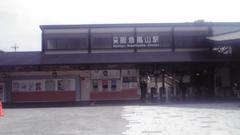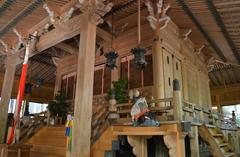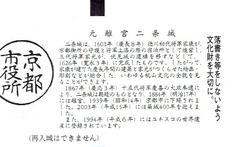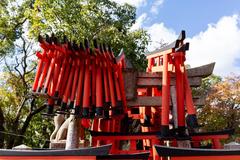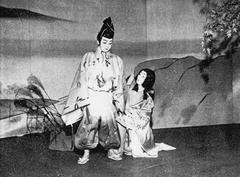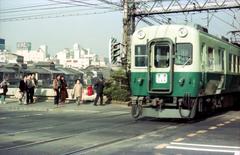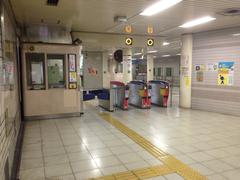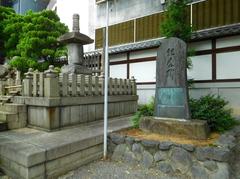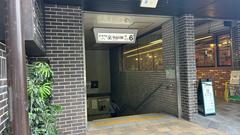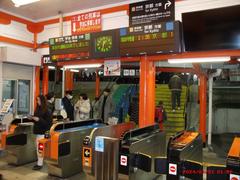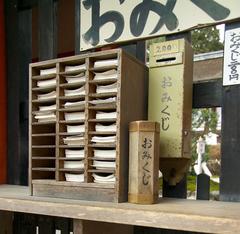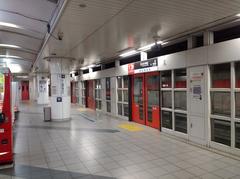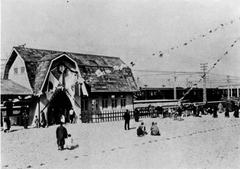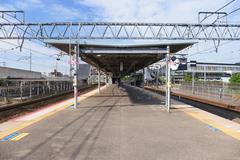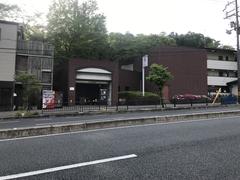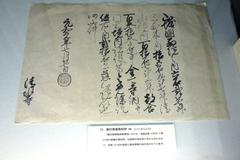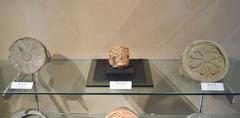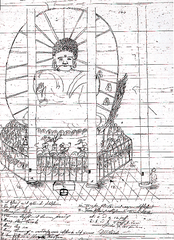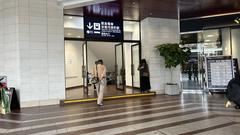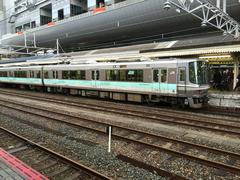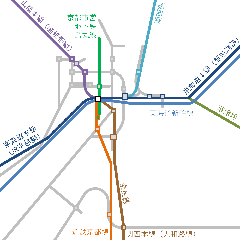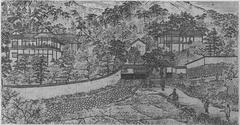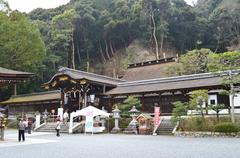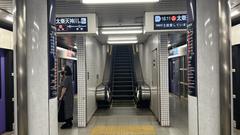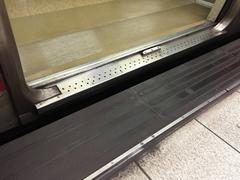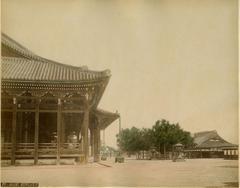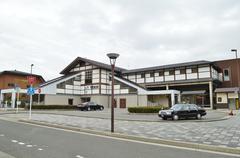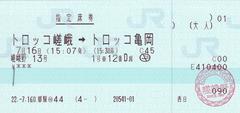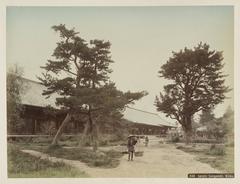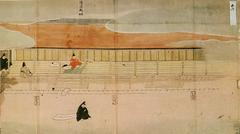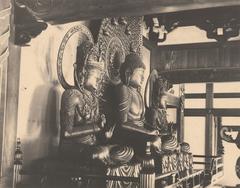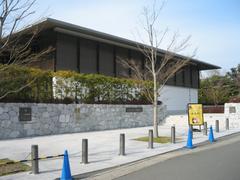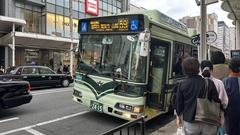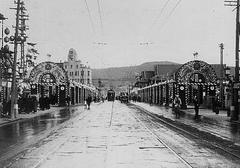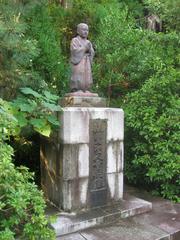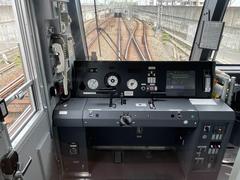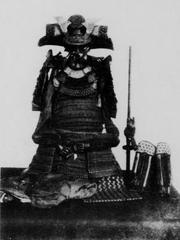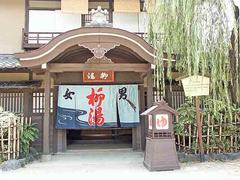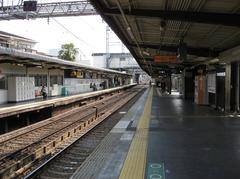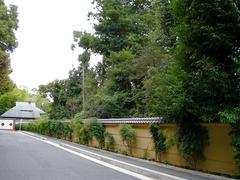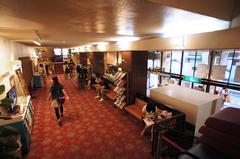
Kuinabashi Station Kyoto: Visiting Hours, Tickets, and Comprehensive Travel Guide
Date: 04/07/2025
Introduction
Kuinabashi Station (くいな橋駅, Kuinabashi-eki), located in Minami-ku, Kyoto, is a key transportation hub on the Kyoto Municipal Subway Karasuma Line. Strategically positioned near the boundary of Fushimi Ward, the station serves both daily commuters and visitors seeking to explore the authentic southern districts of Kyoto. Kuinabashi Station offers seamless access to the city center, neighboring residential areas, and cultural sites, making it an ideal starting point for discovering Kyoto’s blend of tradition and modernity.
This guide delivers a complete overview of Kuinabashi Station, detailing visiting hours, ticketing options, station layout, accessibility features, nearby attractions, and practical tips for travelers. Whether you are touring Kyoto’s famed Fushimi Inari Shrine, delving into sake culture, or simply navigating the city’s efficient transit system, this resource will help you travel with confidence and ease.
For the latest schedules and operational updates, consult the official Kyoto Municipal Subway website and consider using transit apps such as Audiala for real-time information. (Kyoto Municipal Subway Official, Japan Experience, Flip Japan Guide)
Table of Contents
- Visiting Hours and Operation
- Ticketing and Fare Information
- Accessibility Features
- How to Access Kuinabashi Station
- Station Layout and Facilities
- Connections and Surroundings
- Nearby Attractions
- Travel Tips for Visitors
- Historical Context
- FAQ
- Visuals and Media Recommendations
- Conclusion and Call to Action
- Summary and Additional Resources
- Sources
Visiting Hours and Operation
Kuinabashi Station operates daily from approximately 5:30 AM to midnight, matching the Kyoto Municipal Subway schedule. The first trains depart early for commuters, while the last trains run just before midnight. Hours may vary for holidays or special events; always verify the current timetable on the official website or through transit apps. (Kyoto Municipal Subway Official)
Ticketing and Fare Information
Tickets can be purchased at user-friendly vending machines located near station entrances. These accept yen cash and major IC cards (ICOCA, Suica, PiTaPa). The base subway fare starts at about 210 yen, varying by distance. For convenience, especially for visitors planning multiple journeys, rechargeable IC cards are recommended. One-day passes and sightseeing passes are also available for unlimited travel on specific lines. (Flip Japan Guide)
Accessibility Features
Kuinabashi Station is designed for universal access. Key features include:
- Elevators and escalators connecting all levels
- Barrier-free pathways and wide ticket gates
- Tactile paving for the visually impaired
- Accessible restrooms with support features
- Bilingual signage (Japanese and English)
- Station staff available to assist as needed
These features ensure a comfortable experience for travelers with disabilities, elderly passengers, and families with strollers or luggage. (Kyoto Travel)
How to Access Kuinabashi Station
The station is situated below Kuinabashi-dori, a major avenue in Minami-ku. It’s easily reachable on foot from nearby neighborhoods and arterial roads. The Karasuma Line connects Kuinabashi directly to Kyoto Station (about 7 minutes away), with further transfer options at adjacent stations like Takeda (for the Kintetsu Kyoto Line to Nara and Osaka). Local bus stops are also nearby for last-mile connections. (Japan Experience)
Station Layout and Facilities
Platform Configuration
Kuinabashi Station (K14) features a single island platform serving two tracks:
- Track 1: Southbound to Takeda Station and connections to the Kintetsu line
- Track 2: Northbound to Kokusaikaikan
The platform is one level underground, accessible by stairs, escalators, and elevators. Bilingual signage aids navigation. (Wikipedia; Japanese Wiki)
Ticket Gates and Access
A single set of ticket gates is located at the north end, above the platform. This simple layout supports easy orientation and smooth passenger flow. (Japanese Wiki)
Facilities
- Ticketing: Automated machines with multilingual support
- Restrooms: Clean, accessible, with baby changing facilities
- Benches and waiting areas: Both on platform and near ticket gates
- Security: CCTV, emergency intercoms, and staff presence
- Wi-Fi: No dedicated station Wi-Fi, but accessible citywide nearby
- Lost and Found: Managed at the station office (Kyoto Travel)
Accessibility
- Step-free routes via elevators
- Tactile paving and audible announcements
- Accessible restrooms and wide gates
- Staff assistance available without prior notice
Connections and Surroundings
Integration with Other Transport Modes
Kuinabashi Station is close to the Takeda Kubo-cho bus stop, facilitating easy transfers to Kyoto’s bus network. Bicycle parking is available near the entrance for eco-friendly commuters. While there are no coin lockers at the station, nearby larger hubs like Kyoto Station offer luggage storage. (Japanese Wiki)
Nearby Attractions
Though Kuinabashi Station itself is a commuter-focused hub, its location in southern Kyoto allows convenient access to:
- Fushimi Inari Taisha: World-renowned shrine known for thousands of torii gates (about 2 km northeast)
- Fushimi Sake District: Historic breweries like Gekkeikan Okura Sake Museum
- Teradaya Inn: Famous for samurai history and Sakamoto Ryoma’s legacy
- Local Parks and Community Centers: Green spaces and cultural activities
- Educational Institutions: Ryukoku University Fukakusa Campus, Kyoto Polytechnic, and more
- Kyoto Detention House: Notable government facility
For broader sightseeing, the Karasuma Line links Kuinabashi to Kyoto Station (for Kyoto Tower, Higashi Hongan-ji, Shosei-en Garden, and more). (Walk Around Blog, Trip101)
Travel Tips for Visitors
- Peak Hours: Avoid 7:30–9:00 AM and 5:00–7:00 PM for a more relaxed journey
- IC Cards: Use ICOCA, Suica, or PiTaPa for seamless travel across city transport
- Luggage: No storage at Kuinabashi; use Kyoto Station lockers if needed
- Language: Bilingual signage and staff assistance available
- Apps: Real-time updates and route planning via the Audiala app or official city resources
Historical Context
Opened in 1988, Kuinabashi Station was part of Kyoto’s modernization efforts in its rapidly expanding southern districts. Its design focuses on efficiency and accessibility, reflecting late-Showa era priorities, and it continues to support local residential and industrial zones. (Kyoto Travel)
FAQ
Q: What are the operating hours of Kuinabashi Station?
A: Generally 5:30 AM to midnight; check the official schedule for updates.
Q: Can I buy tickets with a credit card?
A: Ticket machines accept cash and IC cards; credit card use may be limited, so cash or IC cards are recommended.
Q: Is the station wheelchair accessible?
A: Yes, it has elevators, wide gates, and accessible restrooms.
Q: Are guided tours available from Kuinabashi Station?
A: Not directly, but travel agencies offer tours of Fushimi and southern Kyoto accessible from the station.
Q: Are there coin lockers at Kuinabashi Station?
A: No. For luggage storage, use Kyoto Station.
Visuals and Media Recommendations
To enhance your planning, reference official station maps, downloadable guides, and images of:
- Kuinabashi Station’s platform and ticket gates
- Subway maps highlighting the Karasuma Line
- Photos of nearby attractions (e.g., Fushimi Inari Taisha, sake breweries)
Alt text suggestions: “Kuinabashi Station visiting hours,” “Kuinabashi Station platform layout,” “Kyoto historical sites near Kuinabashi Station.”
Conclusion and Call to Action
Kuinabashi Station is more than a transit stop—it’s a gateway to Kyoto’s vibrant southern communities, rich history, and authentic local life. With comprehensive accessibility, modern facilities, and efficient connections, it serves both visitors and commuters as a practical entry point to the city’s treasures.
For real-time updates, download the Audiala app and follow our social media channels for exclusive travel tips. Explore our related articles to further enhance your Kyoto journey.
Summary and Additional Resources
Kuinabashi Station exemplifies Kyoto’s commitment to sustainable, inclusive transportation. Its daily operations, accessible features, and proximity to cultural and educational sites offer visitors a welcoming introduction to southern Kyoto. By leveraging IC cards, digital resources, and city guides, travelers can navigate efficiently and discover the authentic charm of local neighborhoods. For up-to-date information, consult official resources and trusted travel sites. (Kyoto Travel, TripSavvy, Japan Experience)
Sources
- Kyoto Municipal Subway Official Website
- Kuinabashi Station – Wikipedia
- Kuinabashi Station – Japanese Wiki
- Japan Experience: Getting Around Kyoto by Karasuma Line
- Flip Japan Guide: Kyoto Travel Tips
- Kyoto Travel Official Tourism Guide
- TripSavvy: Kyoto Public Transportation Guide
- Walk Around Blog: Attractions Near Kyoto Station
- Trip101: Top Recommended Spots Near Kyoto Station
- Radical Storage: Gion Matsuri Festival Guide
- JW Web Magazine: Best Things to Do in Kyoto













